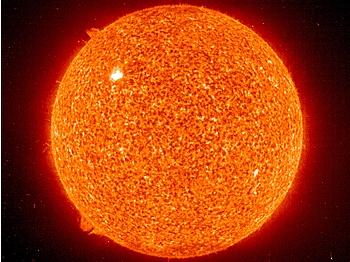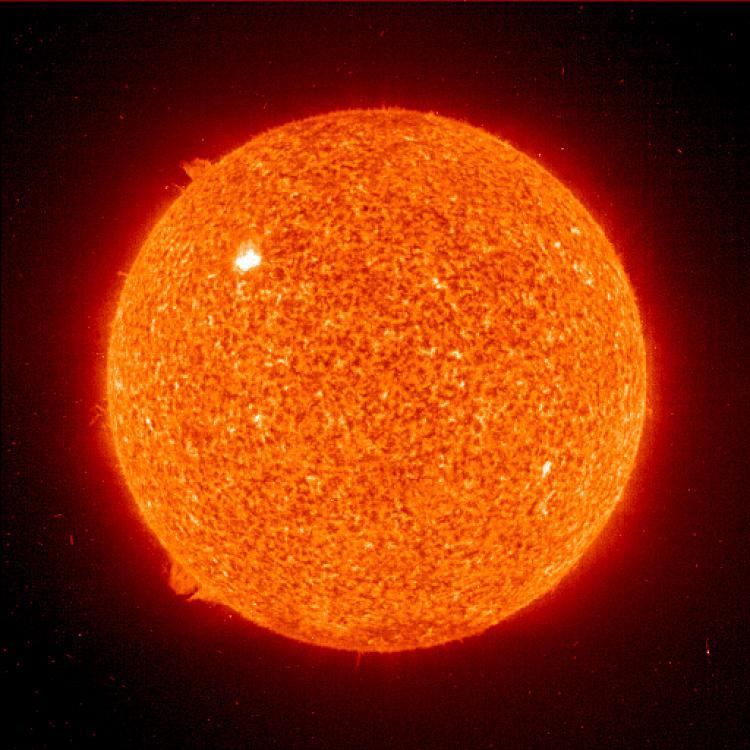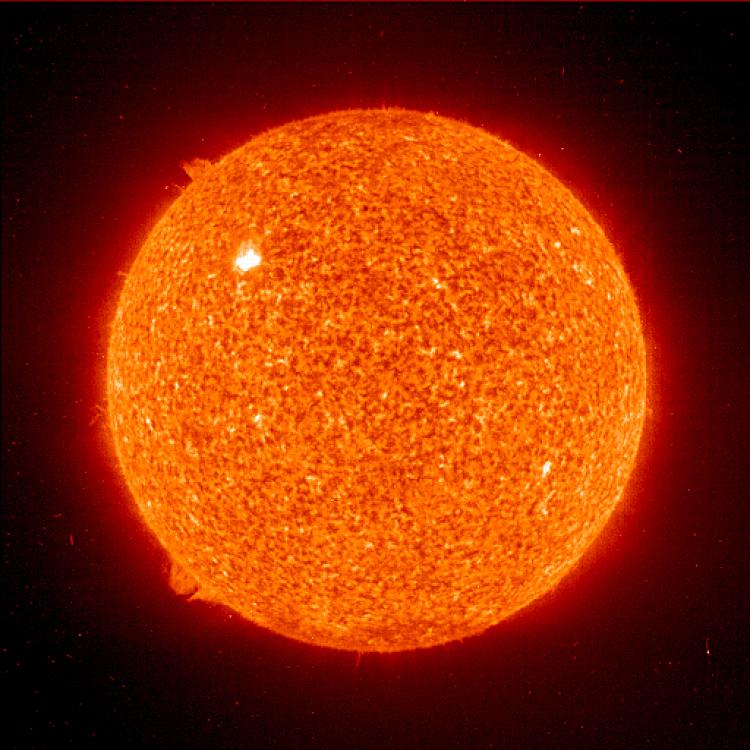But not now. Now, the sun has gone unusually quiet, the quietest it’s been in the last century. In 2008 and 2009, the sun set records for lowest sunspot counts, weakest solar wind, and lowest solar irradiance.
“In our professional careers, we’ve never seen anything quite like it,” said sun expert Dean Pesnell in a NASA news release.
Scientists from NASA and the National Oceanic and Atmospheric Administration (NOAA) on Friday revised an old prediction about when an end to this eerie quiet might come, moving the date back to May, 2013.
“Solar minimum has lasted far beyond the date we predicted in 2007,” said Presnell.
The sun undergoes somewhat regular cycles that last about 11 years, which the current quiet has broken with. Presnell isn’t even certain about the current prediction.
“Go ahead and mark your calendar for May 2013,” said Pesnell. “But use a pencil.”
Why should people care? Sun experts are quick to point out the awesome power of the sun and its ability to affect life on earth.
“Even a below-average cycle is capable of producing severe space weather,” said Doug Biesecker of the NOAA Space Weather Prediction Center in the release. “The great geomagnetic storm of 1859, for instance, occurred during a solar cycle of about the same size we’re predicting for 2013.”
The 1859 space storm electrified transmission cables, set fires in telegraph offices, and produced Northern Lights so bright that people could read newspapers by their red and green glow.
A recent report by the National Academy of Sciences found that if a similar storm occurred today, it could cause up to $2 trillion in damages to high-tech infrastructure and require up to 10 years of repairs.
“For comparison, Hurricane Katrina caused ‘only’ $80 to 125 billion in damage,” according to the NASA release.







